
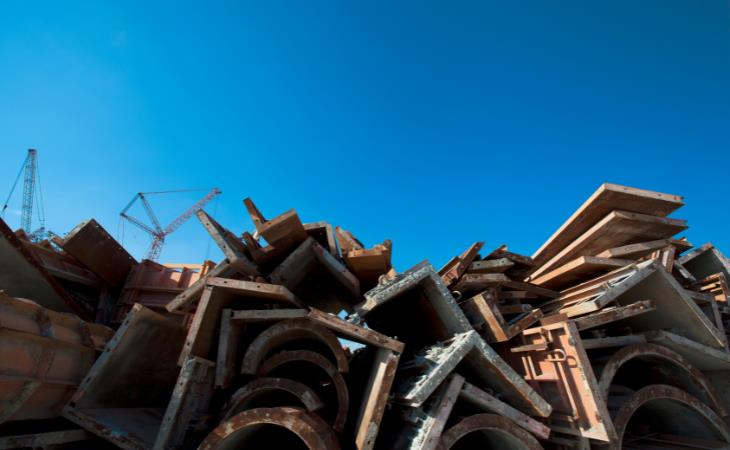

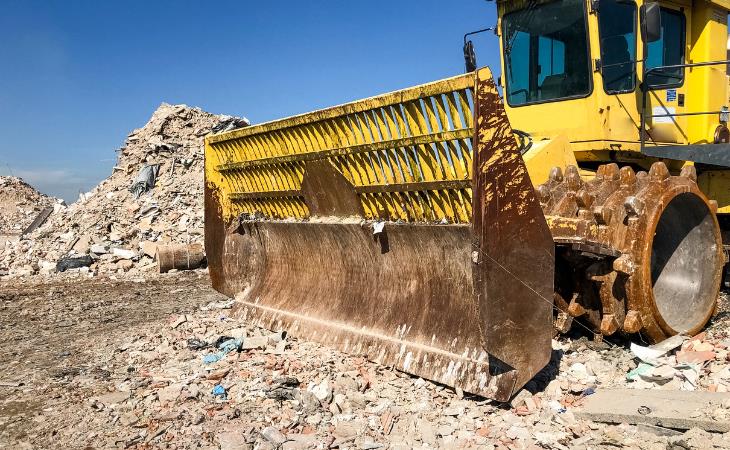
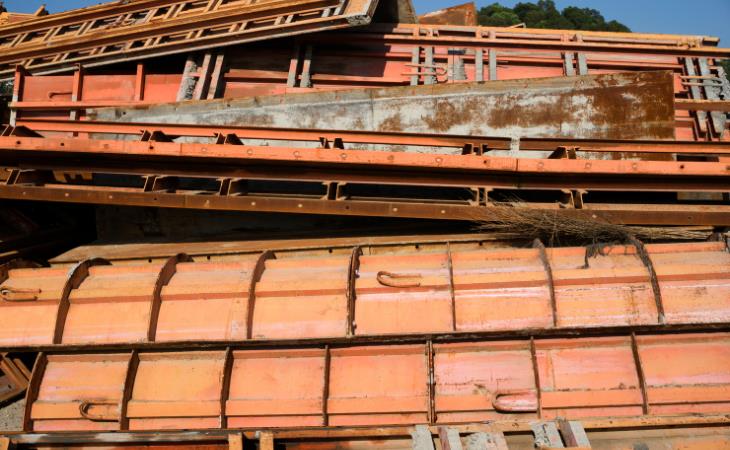

When salvaging doors, take with you all hinges, screws, knobs, latch plates, and related hardware too, as often matching items will not be easy to find once you leave the site.
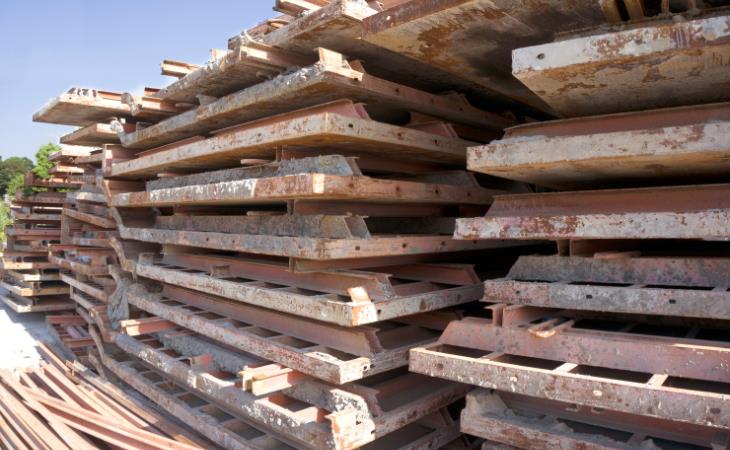
 4:00
4:00
How to Build a Skyscraper in Just 19 Days...
The Chinese have proven themselves time and again to be amazing engineers, and this definitely can be said for the feat you're about to witness.
 16:26
16:26
You Won't Believe What This Man Builds Single Handedly
Watch as this man single handed builds a beautiful underground house, complete with pool.

Hilarious: Taking a Masterclass in Missing the Point
Get ready to laugh and shake your head at these photos where common sense clearly decided to go on vacation while laziness came to stay...

10 Things You Should Never Leave on the Stove
Here are 10 things you should always keep away from the stove – even if it seems harmless.
 4:57
4:57
Mjøstårnet - The World’s First Wooden Skyscraper
Mjøstårnet is an 18 story tall skyscraper towering over the Norwegian countryside. What makes it so special is that it's made entirely out of wood...

From Scrap Metal to Luxury Sports Car in 5 Years
It took 5 years, but it's finally here: a collection of luxury sports cars replicas made entirely out of scrap metal.

Important! These Everyday Objects Need to Be Cleaned!
There are certain things in our homes that we forget or don't even know we need to clean, so here are 15 everyday items that you should clean today.

Washing Fruits and Veggies: Here's What You’re Doing Wrong
Don't make these mistakes the next time you wash your fruits and vegetables.

9 Natural Beauty Secrets to Make Your Skin Look Younger
Anyone who comes across a grandmother with a smooth, shiny complexion knows that her creams are all natural, so it's time to find out what's in them ...
 8:30
8:30
A Full Guide to Cleaning Your Car's Interior
If you want a car that looks incredible on the inside, watch this video and follow these steps.

Guide: How to Beat a Narcissist in Their Own Game
If you want to teach the narcissist in your life a lesson and show them that messing with you is not an option, here are 7 things you need to do to come out on top.

Treat Motion Sickness With These Natural Remedies and Tips
Here are 6 natural remedies and 7 effective tips that will help you eliminate the feeling of motion sickness.
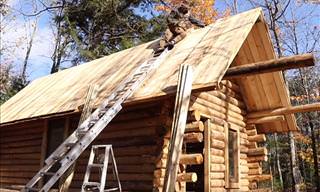 4:59
4:59
Incredible! This Log Cabin Was Built by Just One Man
Watch a timelapse of the construction of a log cabin by just one man, starting from the first tree he felled up until the very last floorboard was laid.

Here's How to Reuse Your Old Pill Bottles in Creative Ways
There are plenty of things that you can do with a pill bottle after it has been cleaned and sanitized properly, and here are 15 of my favorite ideas.
 19:17
19:17
14 Incredible Egg Tricks For Egg Lovers
14 tricks and tips for cooking eggs!
 8:02
8:02
Tutorial: How to Fix A Leaking Outdoor Faucet
This video shows how to repair a leaking outdoor faucet.

11 Things You Should NEVER Dump Into the Kitchen Sink
Even a garbage disposal won’t be able to handle these 11 things, so make sure to toss them directly into the trash instead of the kitchen sink

Learn Quicker With These 25 Tips for Faster Learning
There are several efficient and proven methods to speed up the learning process. Here are 25 tips to achieve it.

Be Informed Against This Kind of Alarming and Growing Fraud
This important guide will protect you against social security theft.
 15:30
15:30
Live an Easier Life With These 24 Everyday Tips!
This video offers 24 different tips for everyday problems.

Are You Using Your Space Heater Safely This Winter?
This winter, don't make these risky heater mistakes.

15 Differences between Men and Women That Explain a Lot
Discover surprising biological differences between men and women, which can explain many things you thought about both sexes.

12 Things You Should Never Clean With Vinegar!
In these 12 cases, it is recommended that you do not use it and instead treat stains and dirt with other cleaning products

How to Make Sure No Spider Enters Your Home
Tired of 8 legged monstrosities roaming your house? It's time to put a stop to it, the natural way.

12 Sneaky Fees You’re Paying (and How to Stop Them)
Here’s a look at some of the most frustrating hidden fees you are paying and what you can do to avoid them.

Life Tips: How to Take Back Control from Unbearable People
Are selfish people driving you up the wall? This handy guide will help you to identify a selfish person, and show you how to effectively deal with them.

Ready to Take Cooking to the Next Level? Use These Hacks
Every chef has their own tricks for culinary perfection, and these food hacks will make sure you make the most of everything in your kitchen

Fix Any Fence Problem With These 10 Video Tutorials!
10 video tutorials that'll cover most fence DIY issues, from fixing various issues to installation and painting.

Dried vs. Canned Beans: Which Is the Better Option?
Can't decide between dried and baked beans? Here, we'll compare the two varieties and help you decide which option best suits your needs.

These 8 Pressure Points Are Ideal For Self Defense
This list of pressure points can be used to help you escape from any potential aggressors.

17 Ingenious Life Hacks That You've Been Waiting For!
These 17 amazing and ingenious life hacks will make your day-to-day tasks a lot easier.

The Truth About Food Labels: 11 Words You Should Know
These words on food labels might not mean what you think.

Natural Pest Control - 10 Ways to Get Rid of Various Pests
In this article, we list 10 natural remedies that will help you get rid of various pests, as well as several handy tips to control and prevent pest infestations.

9 Unexpected Uses of Your Vacuum Cleaner
Your vacuum cleaner has these unusual and surprisingly helpful advantages.

Learn About 12 Popular Spices in Their Natural Form
We've gathered 12 very common spices and included photos showing them as plants blooming in nature.

Avoid 10 Design Mistakes to Make Your Home More Spacious
Interior decoration is a lot tougher than it seems, no wonder these 10 mistakes are so very common. Care to find out if you're guilty of any?
 14:45
14:45
These Tricks will Transform Your Trash into Treasure!
This fun new method of reusing plastic bottles helps you make them into beautiful homes for all your plants
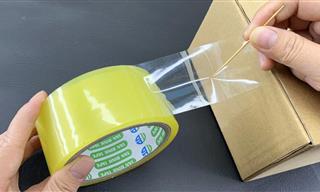 6:35
6:35
8 Highly Useful Things You Can Do With Sticky Tape
If you want to discover genius uses for adhesive tape and other smart tips that make life easier, watch the following video .

Do NOT Store These Fruit and Veg Together!
What are the best ways to store fresh fruit and vegetables? This guide explains.

Want to Attract Bees to Your Garden? Here's How!
Having honey bees buzzing around to act as pollinators brings life to your garden. Here's how you can attract them!
 11:15
11:15
22 Gross Things You're Forgetting to Clean
Finding no less than 22 hidden places most of us never clean, Brittany shows us how to find and clean them all!
 12:32
12:32
How to Tell You're Looking at a Fake AI Image
In this article, we share how to spot common flaws in fake images, and offers four simple tips anyone can use to stay informed and alert.
 12:32
12:32
20 Foods That Help You Lose Belly Fat
Keep this list of 20 foods that fight belly fat future aid in your weight loss.

Before Renovating Your Home, Ask Yourself These Questions
Without clear expectations from your home renovation, the project is at risk of failure & overspending. These questions will help you organize your thoughts

Discover How to Use Turmeric to Remove Unwanted Hair
Turmeric is a wonderful spice from India that has a whole myriad of different applications. Here's how to make 5 turmeric-based masks for unwanted hair removal.

Extend the Shelf Life of Garlic - Simple Tips and Tricks
A common ingredient it may be, but many people still aren’t sure how to properly store garlic to keep it flavorful and fresh for up to 6 months.

This Breathing Technique Will Change the Way You Breathe
Professionals who practice the Buteyko method claim it can help treat about 150 different health issues, including diabetes, attention difficulties, and chronic fatigue.
To enable your Ad-Free Subscription, please fill the fields below
Your subscription was successful, now you can enjoy an ad-free experience!! Note: To make sure you get no ads, please make sure to log in to your account. If you are logged in already, then refresh the page. The subscription can be cancelled at any time.


